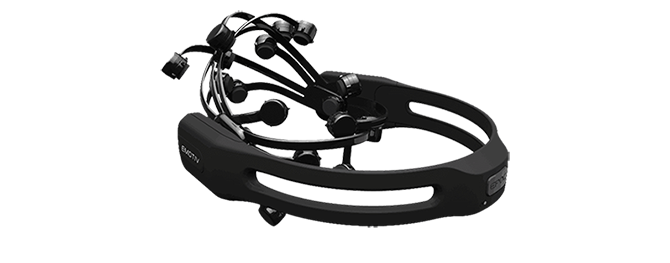At the start of April 2013, the US white house announced the BRAIN Initiative. A collaborative project projected to cost up to 300 million dollars a year for 10 years with the goal of mapping the activity of every neuron in the human brain. No easy task considering that the human brain is the most complex structure in the known Universe. There is so much going on in the world of neuroscience that it’s no longer confined to just biology. It now involves computer science, engineering, mathematics, chemistry, linguistics, physics and more. So much is going on that one article cannot cover it. Instead of giving much detail, this article will list and link to some of the most amazing things that have happened and are happening in the world of neuroscience.
Mind reading and Brain Computer Interfaces
Mind reading and mind control itself isn’t entirely new, in fact there are products on the market you can buy today that do some mind reading and enable you to control a number of things with your mind. For example the range of products offered by the Australian company Emotiv which have been used to play games and to help quadriplegics make music with their minds. There are a number of technologies that are used to interface computers with the brain. From non-invasive tech like the Emotive headsets and functional Magnetic Resonance Imaging (fMRI); to partially invasive methods that are implanted inside the brain but rest outside the body; to fully invasive methods that are entirely inside the body. What is being done with these technologies is nothing short of amazing.
Getting images from the mind
To start with, since 2010 scientists have been able to scan brains to figure out which memories were being recalled. What if you could record your dreams while you sleep and play them back once awake? Some research might be leading us in that direction. In 1999, researchers at the University of California, Berkeley decoded neuron firings to reproduce images seen by a cat. In 2008 the same thing was done in Kyoto Japan with a human brain. Then in 2011, researchers at UC Berkeley did one better and attempted to decode YouTube videos direct from the human brain.
The quality of the images retrieved is still horrible, but enough for you to know that they are getting some useful information. The signal to noise ratio is still very low. It’s early stages and baby steps so far.
Brain to brain
It is one thing to read information from a brain, but how about to send information directly to the brain? How about sending information from one brain into another? In 2013, researchers at Harvard used non-invasive methods to allow signals from a human brain ladybug pest control st cloud mn can be used to treat wall voids if there is no insulation to impede the spreading of the dust. You can also leave it on switch plate covers and electrical outlets as well as plumbing openings. href=”http://www.extremetech.com/extreme/162678-harvard-creates-brain-to-brain-interface-allows-humans-to-control-other-animals-with-thoughts-alone” target=”_blank”>move a rat’s tail. Then in 2014 researchers at the University of Washington used signals from one human brain to move another human’s finger. While I say ‘move’ what I really mean is twitch because complex movements would require figuring out how the brain encodes control signal. Something we haven’t gotten around to yet.
Neuroprosthetics
While decoding the brain’s signals is necessary for complex control of most other organic components that is not the case for machines. Neuro Prostheses are devices that replace damaged or lost body parts by interfacing with the nervous system. The most common Neuro prosthesis is the cochlear implant that replaces damaged hearing with electronics. The device consists of a microphone that ultimately directly stimulates the auditory nerve. Advanced Prosthetic limbs however are some of the most amazing in this field. DARPA (the guys who invented the internet) have developed a remarkable mind controlled prosthetic shown in the video below. But even before they did this, monkeys had mind controlled robotic arms, people had mind controlled robotic arms.
One of the most amazing feats of neural interfacing came early this month when a paralysed woman, managed to fly an advanced F-35 jet simulator using just her mind and the brain computer interfaces. Those of you who know of military flight simulators know that the word ‘advanced’ is redundant. The simulator is just like the real thing, minus the billion dollar flying machine that is. There’s a lot more to cover in the scientific world of mind reading and mind control. However, for brevity’s sake I’ll stop here (also I’m tired of googling references). But what do you think? Would you one day be willing replace you eye with a better version that can see Wi-Fi signals and take pictures? Or literally upgrade your brain with a computer chip? How about replacing that weak fleshy arm with a strong robotic one? No? Me neither … not yet anyway!



